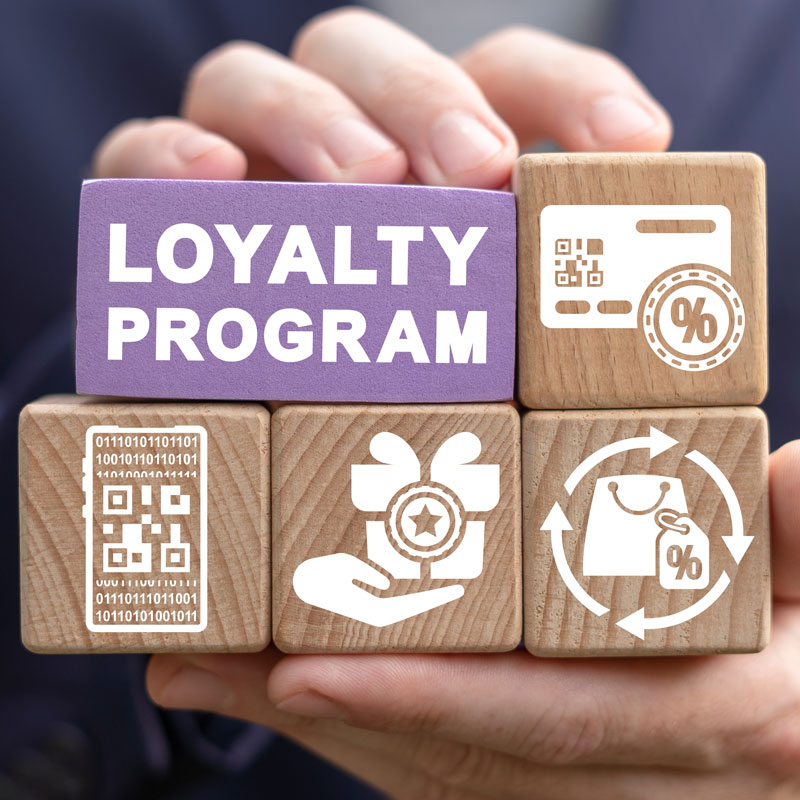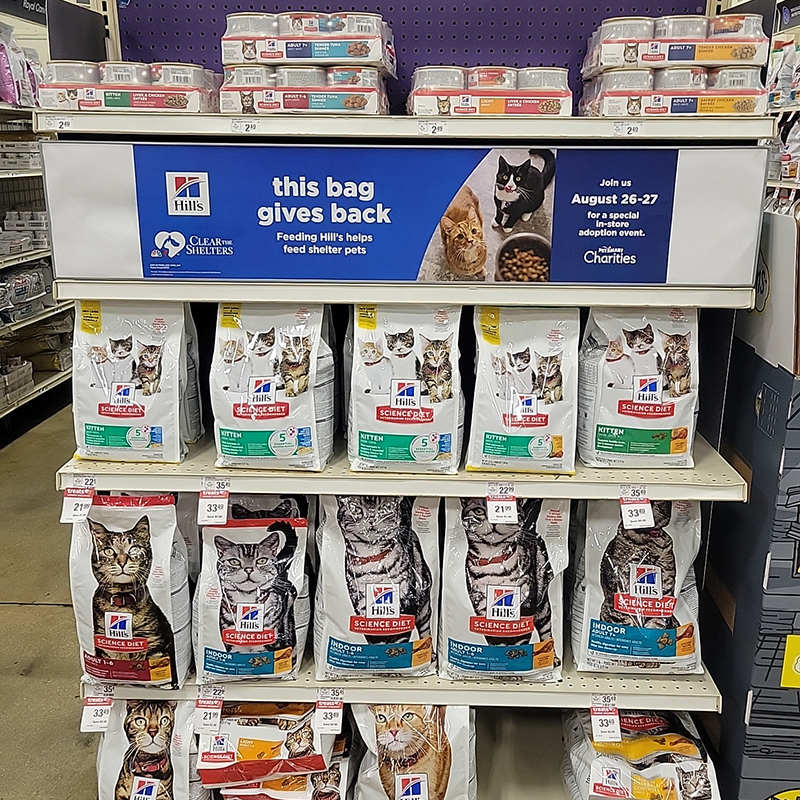In the dynamic world of CPG retail, shopper marketing programs have become a ‘must have’ staple for driving customer engagement and boosting sales. However, and despite experiencing double-digit increases in sales revenue every year for over a decade, the pet retail landscape, outside of leading large retailers, has been slower to adopt these innovative strategies. In this article, we will explore the reasons behind this slower uptake, examine how industry leaders like Petco and PetSmart are embracing and integrating shopper marketing into their stores and discuss how pet brands, both large and small, can partner with pet retailers to grow their business and better connect with pet parents to deliver a better shopping experience.
Understanding the Pet Retail Landscape
 Before identifying the reasons behind the pet retail industry’s cautious approach to shopper marketing, it’s crucial to understand what makes this sector unique and how this creates added challenges for brands competing in this space, most notably those which are smaller and emerging.
Before identifying the reasons behind the pet retail industry’s cautious approach to shopper marketing, it’s crucial to understand what makes this sector unique and how this creates added challenges for brands competing in this space, most notably those which are smaller and emerging.
- Market Fragmentation: The pet retail landscape is highly fragmented, consisting of small, independent pet shops alongside major chains like Petco and PetSmart, grocery stores, mass merchandisers, as well as online behemoths such as Chewy and Amazon. This fragmentation complicates the development and execution of uniform shopper marketing programs within individual markets as well as across the country. This is particularly problematic for smaller brands who often operate with limited resources and must carefully and strategically select which retail channels and what programs they will leverage to grow their business.
- Data Scarcity: While large, big-box pet retailers have been compiling first party data through loyalty programs to effectively target shoppers, smaller, independent retailers have largely been harnessed by antiquated checkout systems that fail to gather shopper data. This creates a particular hurdle for smaller pet brands, who often cut their teeth with independent retailers, who again, typically have no data insights to share beyond the anecdotal. Consequently, this inaccessibility to customer preferences and buying behaviors hampers efforts to create optimized, shopper-driven, targeted marketing programs to form stronger relationships with customers – something affecting not just smaller brands, but also smaller independent retailers.
- Resource Constraints: Independent pet retailers, as well as smaller pet brands, typically operate with limited budgets and resources compared to their larger counterparts. That said, and with every dollar counting, operating in this fragmented market in the absence of data creates the additional challenge of discerning which marketing programs will lead to the best return on investment spend.
How Pet Retail Market Leaders Are Accelerating Change
Taking their cue from major grocery chains, mass merchandisers and other big-box stores that offer pet products, Petco and PetSmart are actively working to ensure that both they and the brands they stock are benefiting from more robust shopper-driven strategies to spark growth. Ensuing are some examples of the shopper marketing approaches these pet-focused retailers have embraced to elevate the shopper experience, expand customer reach, and build stronger loyalty.
 Personalization: Big box pet retailers recognize the growing importance among pet parents for a more personalized shopping experience. As a result, they actively use first party data to understand customer preferences and tailor marketing efforts, sending personalized offers and recommendations based on pet owners’ previous purchases to enhance customer engagement.
Personalization: Big box pet retailers recognize the growing importance among pet parents for a more personalized shopping experience. As a result, they actively use first party data to understand customer preferences and tailor marketing efforts, sending personalized offers and recommendations based on pet owners’ previous purchases to enhance customer engagement. Loyalty Building: Shoppers love being loved for their loyalty, which is why programs such as PetSmart’s robust loyalty program, PetSmart Treats, rewards members with points for their purchases – exchangeable for discounts and exclusive offers.
Loyalty Building: Shoppers love being loved for their loyalty, which is why programs such as PetSmart’s robust loyalty program, PetSmart Treats, rewards members with points for their purchases – exchangeable for discounts and exclusive offers.- Omnichannel Approach: Although only 24% of total pet category sales are sourced from online transactions, both Petco and PetSmart recognize that today’s pet owners demand the convenience of an online sales platform. This has led them to heavily invest in the creation of an all-encompassing DTC presence to meet pet parents wherever they may shop. These sites are replete with ad displays and banners, ‘click-thru’ discounts and more – all available as retailer-generated media programs for brand participation.
- Education: Providing their customers with a wealth of educational content on pet health, training and nutrition is viewed as instrumental by these retailers for establishing emotional connections with their customers.
- In-Store/On-Line Experiences: Creating a positive in-store shopping experience is also at the crux of what Petco and PetSmart aspire to do, hosting in-store vaccination event, pet adoption festivals and more to create a sense of community and engagement with pet owners. Same goes for online with content and tools to locate products for unique pet needs.


Collectively, these programs afford brands the opportunity to actively participate and:
- Reach a wider swath of target shoppers for driving household penetration and sales velocity
- More effectively and efficiently engage with their target audience to educate, promote and forge relationships with pet parents
- Position themselves as committed/trust-worthy for creating connections and loyalty with shoppers
Still, the fact remains that 22% of pet product sales are sourced from independent, specialty retailers. Again, these retailers typically have neither the budgets nor resources to attract millions of shoppers – and they often serve as the launching pad channel for many a small pet brand. Given this situation, emerging pet brands and specialty pet retailers must get creative, collaborate and partner to create innovative, value-added approaches that make pet parents feel valued, offer customer inspiring in-store shopping experiences/events to drive foot traffic, and deliver a steadfast commitment to excellence for building trust and a loyal shopper following. In the absence of shopper data, these smaller brands and independent retailers must test and learn from their efforts, applying the ‘best of the best’ to inform and fuel future growth for each other.
To date, uptake of shopper marketing programs akin to those widely used in CPG channels have been primarily leveraged by leading national pet chains, which have served as exemplars in navigating and setting new courses to enhance pet parent engagement through targeted omnichannel approaches, education, and loyalty initiatives – all with the benefit of data to help guide and further optimize performance.
As the pet retail landscape continues to evolve, it is likely that more independent retailers will adopt more shopper marketing strategies tailored to their unique customer base, ultimately reshaping industry marketing. In the meantime, it will be essential for independent pet retailers and smaller, emerging pet brands to actively partner and be strategically bold as they develop and refine their marketing efforts to create even more impactful experiences that connect with customers. To them we say, go out, embrace what’s possible and start blazing new trails!




